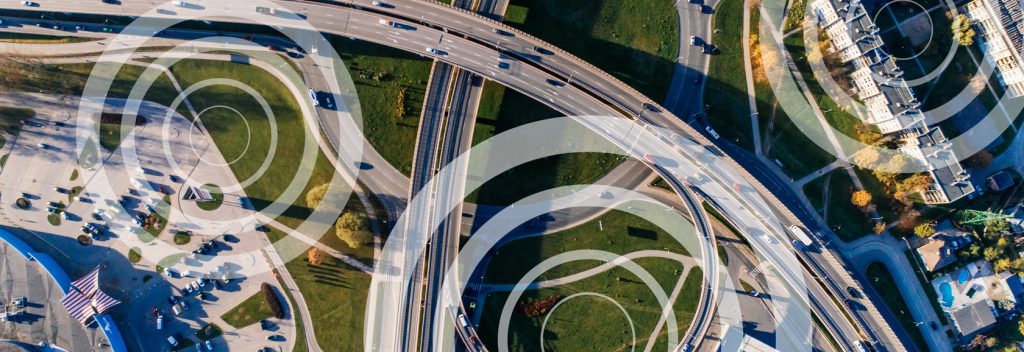Quectel Master Class: How to address GNSS hardware design challenges
The third in a series of Quectel Master Classes, which are designed to teach listeners new techniques and to help familiarize FAEs with solutions to common problems, has been held, covering the topic of GNSS Hardware Design.
The Master Class, presented by Quectel GNSS FAEs Ivan Vidal and Leon Raven, began by introducing GNSS Design system elements, describing key elements inside the module and within external active antennas and antennas-on-PCBs. Setting out the elements provided a baseline on which to build understanding of the hardware design requirements of GNSS.
The Master Class then moved on to explain some of the GNSS-specific challenges. Sensitivity was introduced as an important issue. GNSS sensitivity is about -150dBm which compares to LTE sensitivity of -100 dBM, meaning that GNSS is 50dB more sensitive than LTE, which equates to being 100,000 times more sensitive.
This level of sensitivity necessitates that GNSS is handled carefully because even if a design works correctly in LTE, GNSS can be disturbed by several factors. Therefore, the correct components must be chosen, PCB design should be done by RF experts and full design verification should be completed by hardware and RF experts.
The presenters then explained the importance of setting a signal to noise ration goal when designing GNSS hardware. A careful balance must be struck between achieving improved signal strength with the choice of antenna and low noise amplifier (LNA) versus keeping noise contribution low through filtering and PCB design. External elements, such as LNAs and surface acoustic wave (SAW) filters can also be utilized to balance sensitivity and jamming but these will also affect system performance, warned the speakers. A priority therefore is to ensure the GNSS signal is amplified but does not become the source of interference.

Next, the Master Class focused on antennas. As the first element in the receiver chain, the antenna must be tuned to capture the designed GNSS frequency spectrum but should also be tuned to address the optimum gain pattern, which depends on size and construction, and noise figure, which depends on bandwidth and temperature. The antenna should always be considered as part of the overall system performance calculation and the Master Class shared a checklist of GNSS Antenna Design Rules to aid designers.
The Master Class then turned to the importance of GNSS SAW filters, introducing why SAW filters are needed and why extra SAW are integrated into modules in order to provide better filtering of strong disturbances. The session also explored why additional LNAs are added in order to provide high gain and low noise to the input signal.
Moving on to detail the key hardware design considerations, the Master Class discussed GNSS antenna isolation, differences between antenna cable and PCB approaches, the GNSS circuit environment and how to design it for maximized performance, and the importance of positioning of GNSS on a PCB.
The Master Class went into further detail on the positioning of the GNSS module, antenna or antenna connector, pointing out that the edge of the PCB is the best position because it is less noisy there due to there being fewer components at the PCB edge. The speakers also advised keeping the module away from processors, converters and other RF parts or high-speed tracks.
A final section of the Master Class brought together all the design concept and considerations, explaining the significance of PCB and RF Grounding and how it can be improved by utilizing vias to connect signals from one layer to another. The session concluded with a description of the GNSS power supply layout and how this can be optimized.